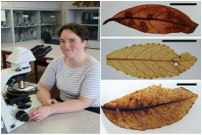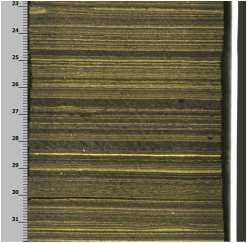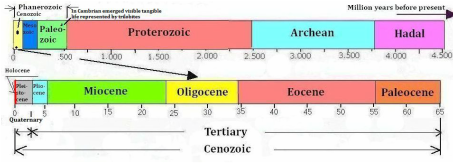
On Radio NZ Nine to Noon Kathryn Ryan,

The research involved drilling a 180 metre core sample in the bottom of the volcano caldera and this revealed a perfect, layered record, going back more than 23 million years and examination of the contents revealed leaves that were perfectly preserved and could be analysed for the CO2 levels of that period.

“What surprised us was how such large CO2 fluctuations happened over geologically, relatively short time scales,” says Dr Fox.
“We found that atmospheric CO2 levels began to rapidly increase around the same time as the ice-sheet began to decline, and more importantly, even when the CO2 levels dropped back to previous levels, the ice kept on melting. Once the process of destabilisation of the ice-sheet was kick-started, it could keep going by itself.”
The ice goes from about 125% of the present day Antarctic ice sheet to about 50% of the present day Antarctic ice sheet over that period of time. It’s a massive loss of ice, but the carbon dioxide levels do not stay high for the whole time, they actually go down and the ice appears to be able to keep on melting by itself presumably after it has been kick started by that carbon dioxide increase.”

The cause of the increase in CO2 is not known but it could be a comet impact, indicated by spherule layers at the Oligocene Miocene boundary or volcanos (La Garita Caldera of Colorado), or possibly both.
There is still a lot of uncertainty about the timeline but Beth Fox and colleagues have added some important parts to the jigsaw and with a really neat piece of research.


 RSS Feed
RSS Feed